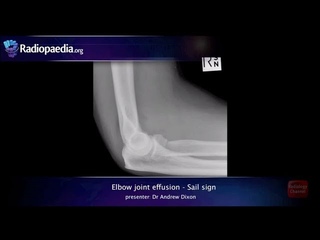Radiology and Women’s Health : Understanding the Role of Imaging Tests in Obstetrics and Gynecology
Acute and chronic conditions may be diagnostically evaluated with the aid of imaging studies. A woman will always be evaluated using X-rays, ultrasonography, CT scans, nuclear medicine, and MRIs, regardless of whether she is recognized or unrecognized as pregnant. Confusion over the safety of these modalities has led pregnant and lactating women and their infants to avoid useful diagnostic tests or interrupt breastfeeding.
From 18 to 24 weeks’ gestation, MRI can provide additional details regarding the severity of a malformation if the patient is considering termination. If termination is not an option, scanning in the third trimester when organ development is more mature provides maximum information; this is particularly true for the brain.
The ALARA principle (keeping acoustic output levels as low as reasonable achievable) should be used whenever ultrasound imaging is clinically indicated to minimize fetal exposure risk. A ultrasound machine for obstetrics is configured differently than one























